Retro Replay Review
Gameplay
Alundra delivers a memorable action-adventure experience built around real-time combat, intricate platforming, and environmental puzzles. From the outset, players guide Alundra through villages, forests, and treacherous dungeons using responsive controls that feel tight and intuitive. The game’s overhead map ties these areas together seamlessly, allowing for exploration and backtracking as you uncover new items and spells. Coupled with light RPG elements—such as item upgrades and spell acquisition—Alundra strikes a satisfying balance between action and progression.
(HEY YOU!! We hope you enjoy! We try not to run ads. So basically, this is a very expensive hobby running this site. Please consider joining us for updates, forums, and more. Network w/ us to make some cash or friends while retro gaming, and you can win some free retro games for posting. Okay, carry on 👍)
At the heart of the gameplay is Alundra’s unique ability to step into the dreams of villagers. These dream sequences shift the rules of engagement, presenting altered physics, bizarre level layouts, and thematic puzzles that reflect each character’s subconscious fears. Rather than feeling like busywork, these nightmares often deepen the overarching narrative while challenging players to think creatively. Unlocking new tools—like Fire Rods, Gale Boots, or the Feathered Cap—expands your arsenal and opens secret paths in previously explored areas.
Puzzle design in Alundra is especially noteworthy. Each dungeon introduces fresh mechanics—rotating pillars, timed switches, and moving platforms—that require observation and patience. While some puzzles demand repeated attempts and careful timing, they rarely feel unfair; discoveries tend to feel earned, and progression is marked by genuine “aha” moments. Enemies are varied, from standard goblins and bats to nightmarish bosses who test both combat skill and puzzle-solving savvy. Overall, the gameplay loop remains engaging from start to finish.
Graphics
Visually, Alundra stands out on the original PlayStation with its detailed 2D sprite work and richly painted backgrounds. Character sprites are well-animated, capturing Alundra’s agile movements and combat stances fluidly. Villagers and monsters each boast unique designs that reflect the world’s dark fantasy tone—whether it’s the fearful expression of a dreamer or the ominous glow in a boss’s eyes. The game’s color palette shifts to reinforce mood, turning from warm village tones to foreboding reds and purples in nightmare realms.
Environmental variety is another high point. You’ll wander sunlit fields and quaint hamlets before plunging into dank dungeons, floating dreamscapes, and crumbling temples. Parallax scrolling adds depth, especially in outdoor areas where distant hills and skies move at different rates. Even on modern displays, these backgrounds retain a timeless charm, and occasional sprite-based lighting effects underscore moments of drama—such as torches flickering in cavern walls or swirling shadows in dream sequences.
While Alundra’s graphics bear the hallmarks of a late-’90s title—pixel boundaries are visible and some animations repeat—the artistic direction is consistently strong. The contrast between the ordinary world and its nightmarish counterpart is highlighted not just through level layouts, but through color saturation and visual distortion during dream segments. For a game without polygons, Alundra manages to convey scale, emotion, and suspense through carefully crafted two-dimensional visuals.
Story
Alundra’s narrative begins with the eponymous hero shipwrecked on Inoa’s shores, rescued by the blacksmith Jess, who treats him as his own son. This father-son bond forms the emotional core of the story, grounding the more fantastical elements in genuine warmth. Soon, Alundra learns of a mysterious force plaguing the villagers with horrific nightmares, and realizes his rare gift of dreamwalking is the only defense against these threats.
As Alundra delves into each villager’s subconscious, the game explores themes of guilt, loss, and redemption. Every nightmare level is tied to a personal story—whether it’s a widow’s grief manifesting as shadowy tentacles or a child’s fear transforming into haunting voices in an empty house. These individual tales coalesce into a larger conflict involving dark gods and latent evils in the land. The emotional weight of villagers’ tragedies makes triumphs all the more satisfying, and rare moments of levity—like trading quips with Jess—help balance the game’s darker undertones.
The pacing of the story is deliberate. Between dungeon forays, players spend time in Inoa’s village, conversing with NPCs, collecting side quests, and preparing for the next descent into darkness. While some plot points unfold predictably—villains monologuing in thunder-filled rooms—Alundra’s writing often surprises with genuine compassion and moments of moral ambiguity. The ending weaves together personal sacrifice and hard-won hope, leaving a lingering sense of accomplishment long after the credits roll.
Overall Experience
Alundra remains a standout title for fans of action-adventure and puzzle-based gameplay. Its combination of tight controls, imaginative dungeon design, and emotionally resonant storytelling makes it a timeless classic. The dreamwalking mechanic adds depth not only to the puzzles, but to the very fabric of the narrative, allowing each villager’s fear to become a unique, explorable world. This cohesion between gameplay and story is rare and refreshing.
Despite its age, Alundra’s challenge curve feels fair by modern standards. Occasional difficulty spikes can cause frustration—particularly in boss battles or multi-stage puzzles—but these moments are balanced by generous checkpointing and the satisfaction of overcoming true tests of skill. Music and sound design further enhance immersion, whether through haunting melodies in nightmares or upbeat tunes in the sunny village square.
For potential buyers, Alundra offers dozens of hours of content, a heartfelt narrative, and puzzles that encourage exploration and experimentation. Its graphics and audio, while rooted in the ’90s, carry a nostalgic appeal that newcomers can still appreciate. Whether you’re revisiting this PlayStation gem or discovering it for the first time, Alundra’s blend of action, puzzles, and dream-driven storytelling makes for an experience well worth undertaking.
 Retro Replay Retro Replay gaming reviews, news, emulation, geek stuff and more!
Retro Replay Retro Replay gaming reviews, news, emulation, geek stuff and more!

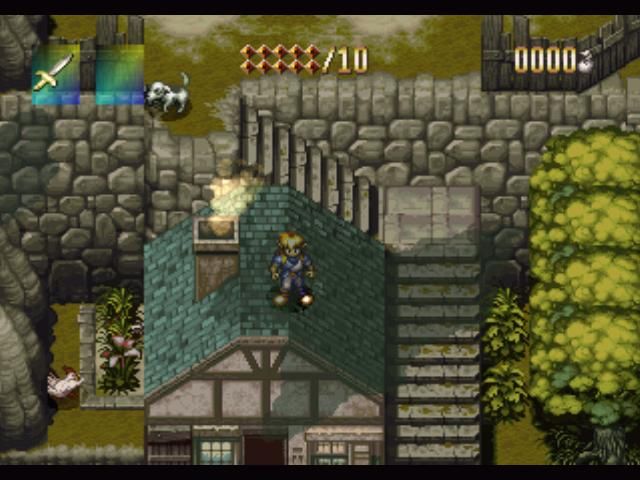
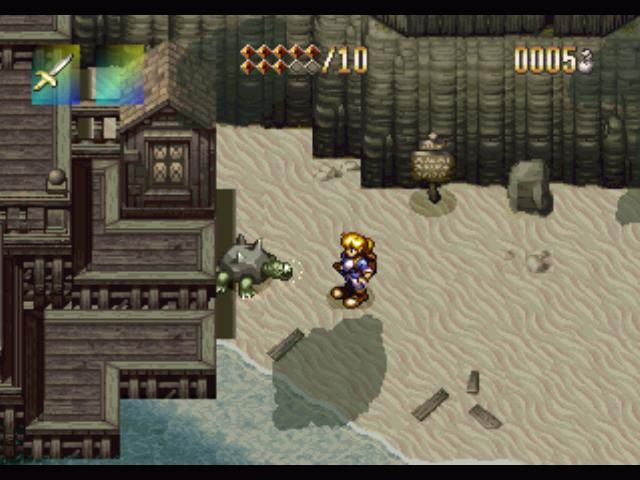
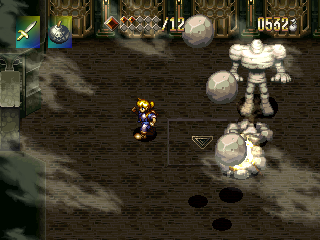
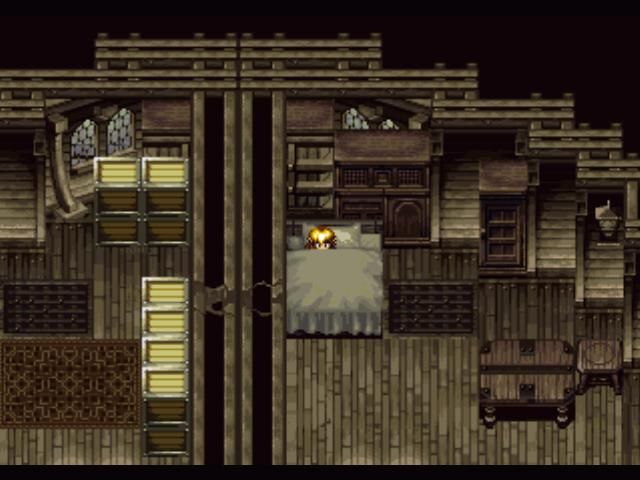
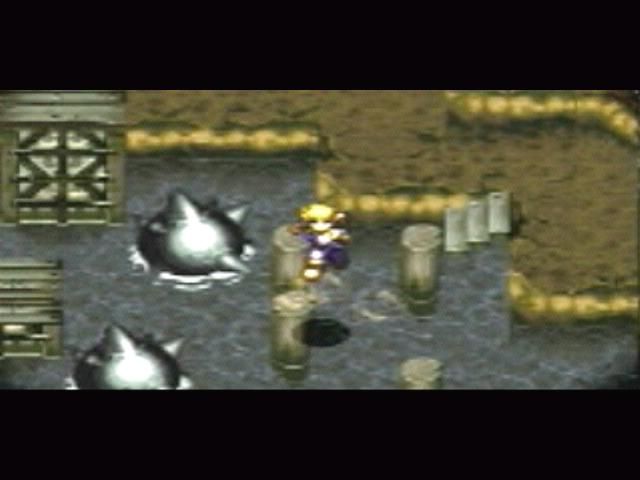



Reviews
There are no reviews yet.